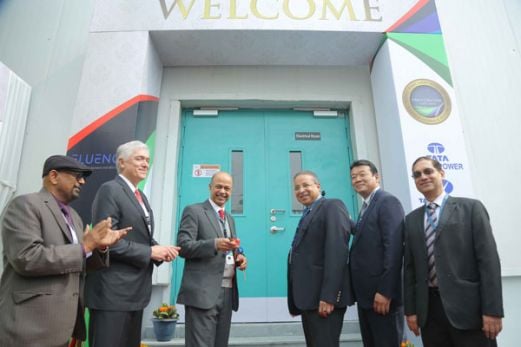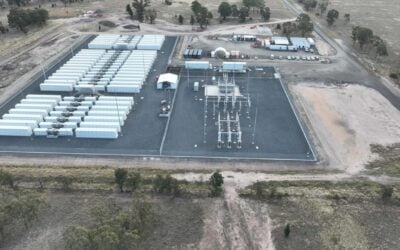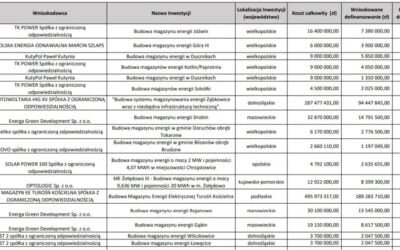
Energy storage could solve problems of reliability for grid operators in India, such as the electricity blackout which struck Mumbai last month, a panel at the India Energy Storage Week conference heard today.
At a panel session on ‘Grid-level energy storage integration’, one of the other main takeaways was that the value of energy storage including batteries is not yet being recognised by energy markets and regulators in India. Allowing batteries to provide a number of services in order to maximise benefits as well as revenue streams would greatly improve the business case, participants including representatives of AES Corporation and Tata Power said.
On 12 October, millions of people were left without electricity and transport networks severely disrupted in Mumbai as 3508MW of load dropped off the network and 1375MW of generation tripped. A power line was down for maintenance and while another backup line was carrying extra capacity to accommodate, a further transmission line suffered a technical fault.
The cost of a grid failure, Rajendra Shrivastava, president and market business leader for AES India said, is paid for by “everybody”, not just the distribution company that manages the lines it starts from. The “pinch” is not felt by the distribution companies (discoms), which can “go back to their old ways” and hope the situation does not arise again.
Try Premium for just $1
- Full premium access for the first month at only $1
- Converts to an annual rate after 30 days unless cancelled
- Cancel anytime during the trial period
Premium Benefits
- Expert industry analysis and interviews
- Digital access to PV Tech Power journal
- Exclusive event discounts
Or get the full Premium subscription right away
Or continue reading this article for free
However, Shrivastava said, AES could build 400MWh to 500MWh of energy storage in Mumbai that would “take care of all the emergency requirements of the state and give them breathing time to rebuild the network,” he said, while also helping discoms with provision of spinning reserve, which energy storage can also do.
The cost of an electrical grid breakdown is so high that if such projects were rate-based and also given market-based opportunities to participate in other services such as frequency response ancillary services and reactive power, they would achieve payback in five to 10 years, Shrivastava said. The Mumbai blackout was a “black swan” event, where two or three factors converged to make it happen, but it was also “bound to happen,” given that sufficient transmission line infrastructure investments have not taken place, the AES India president said.
AES and Tata Power partnered up to work on a demonstration project in India, the country’s first grid-scale lithium-ion battery storage project, a 10MW system in Delhi, inaugurated in 2019. Tata Power’s president for transmission and distribution (T&D) Sanjay Banga, said that while that battery system is only currently used for demand side management (DSM) use cases and to demonstrate that the technology works, various studies as well as operational data from around India show that battery storage should have a role to play in providing grid stability.
Banga also said that the role of batteries in helping meet peak demand on the grid should not be overlooked. India has two daily peaks in demand, in the afternoon and then from around 8-10pm at night.
“Batteries can fit in the evening peak,” Tata Power’s Sanjay Banga said, while new tenders for renewables capacity are calling for round-the-clock energy solutions. While Banga believes the energy storage market in India will proceed to grow very quickly once an inflection point of cost versus economic benefit is reached, government and regulators still have a role to play in determining those benefits.
AES’ Rajendra Shrivastava said that, as has been the case in other countries, the industry needs to advocate for energy storage to be considered an infrastructure asset class and said that AES Corporation and Tata Power are together approaching numerous government agencies to make this possible.
While the capex may be initially high, allowing for energy storage investments to be rate-based on a long-term basis would be an innovative way to find a solution for many of the electrical grid’s problems. In Mumbai alone, a handful of cases where the grid needed to be islanded would allow for payback of that investment, he said.





